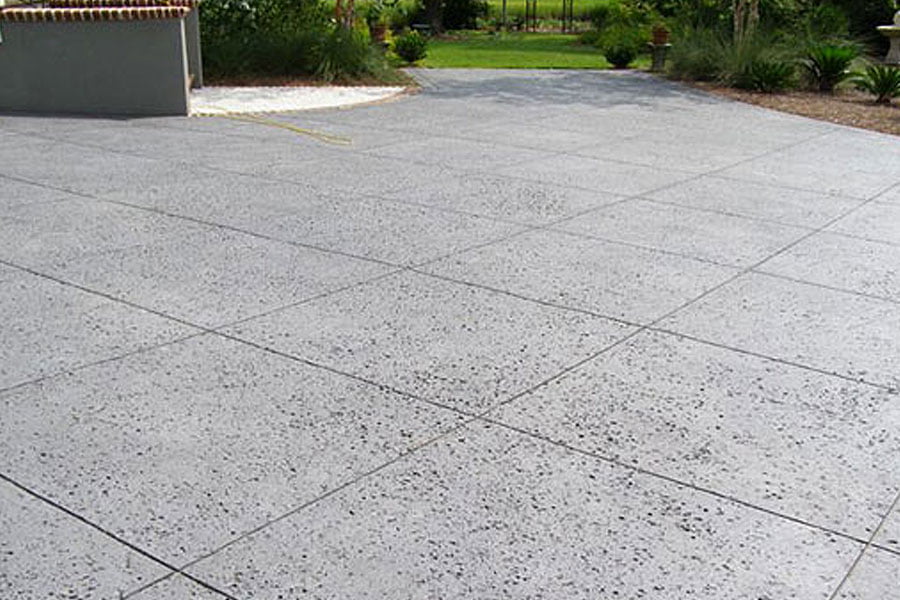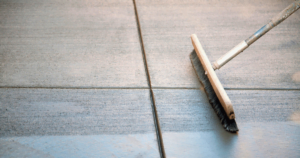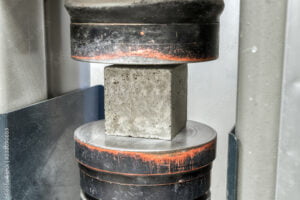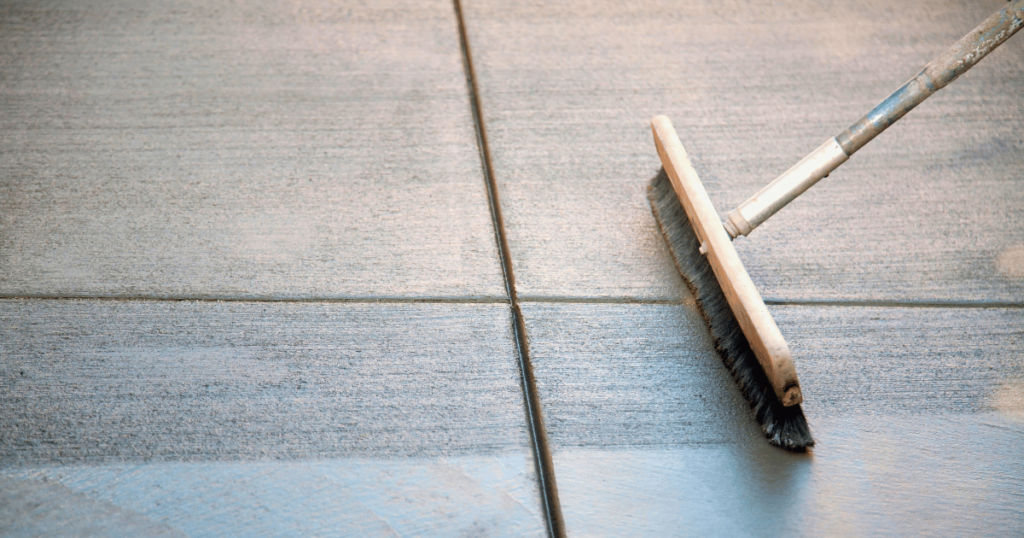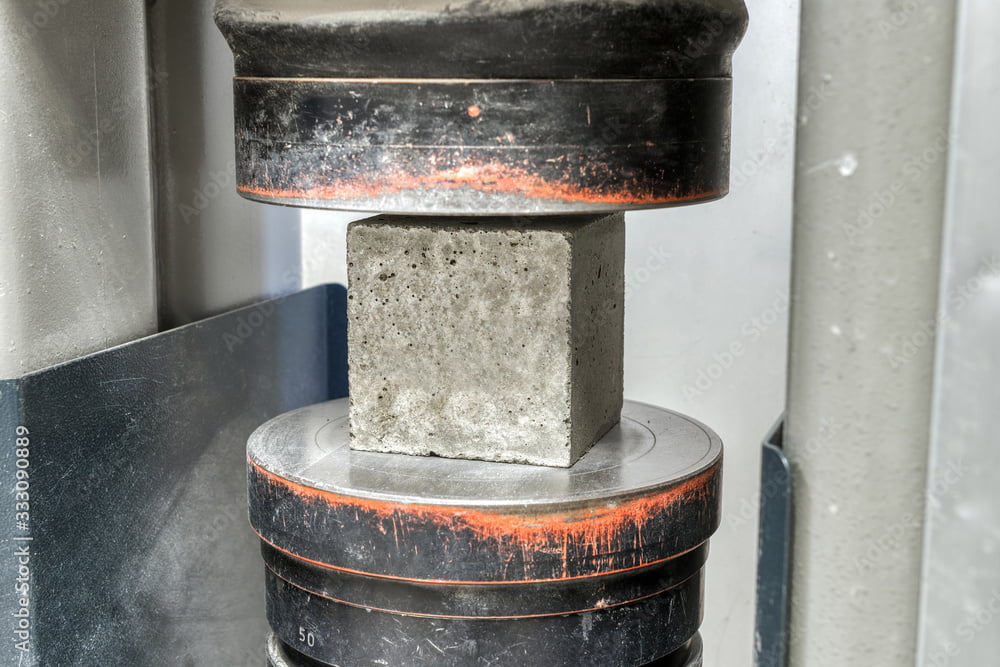Hi there, as a civil engineer, one of my greatest interests is learning about and discussing different building materials and methods. Today I’m going to talk about the salt finish, a technique for polishing concrete that isn’t as well-known but looks great. We’ll go over the definition, advantages, methods, typical uses, maintenance advice, and comparisons to other concrete finishes of salt finish concrete.
What is Salt Finish Concrete?
The salt finish concrete surface treatment is a decorative surface treatment that imparts a distinctive and textured appearance to the concrete. The technique involves pressing coarse salt particles into the surface of newly-poured concrete, allowing them to leave little indentations, and then washing them away once the concrete has set. The finished product is a surface that is both visually appealing and highly slip-resistant, thanks to its speckled and slightly rough texture.
Benefits of Salt Finish Concrete
- There are a number of reasons why salt finish concrete is a good option for a wide range of projects:
The delicate texture elevates the aesthetic value of simple concrete surfaces by introducing visual appeal. - It is a safer option for locations that are prone to water exposure, such as pool decks and patios, because the salt leaves behind microscopic indentations that provide additional grip.
- Concrete with a salt coating is extremely long-lasting and can endure heavy traffic as well as severe weather conditions if it is properly sealed.
- When you compare salt finish concrete to other artistic finishes, it’s pretty cheap while still giving the concrete a unique look.
How to Achieve a Salt Finish on Concrete
- In order to achieve a salt finish on concrete, there are various procedures involved:
Pouring the Concrete: To begin, pour the concrete and level it in the same manner that you would for any other normal slab. - Salt Application: When the surface is slightly dry but not completely pliable, evenly distribute coarse rock salt, which is usually between 1/8 and 3/8 inch in size.
- The third step is to embed the salt, which is done by pressing it into the concrete with a float or roller.
- Curing the Concrete: Give the concrete a full day to cure.
Rinsing Off the Salt: Once the concrete has hardened, the salt is dissolved in water and rinsed off, revealing the distinctive pitted surface. - Applying a Concrete Sealer: After the surface has dried, use a concrete sealer to increase durability and maintain the finish.
Common Applications of Salt Finish Concrete
Salt finish concrete is a versatile option suitable for a variety of applications, including:
- Pool Decks: The slip-resistant surface makes it ideal for wet areas around pools.
- Patios and Walkways: Its decorative appeal and durability make it a popular choice for outdoor living spaces.
- Driveways: The finish can add a touch of elegance to residential driveways while withstanding heavy vehicular traffic.
- Plazas and Courtyards: The finish can be used in commercial settings to create inviting public spaces.
Maintenance Tips for Salt Finish Concrete
Maintaining a salt finish concrete surface is relatively straightforward:
- Regular Cleaning: Sweep or wash the surface regularly to remove dirt and debris.
- Sealing: Reapply a concrete sealer every few years to protect the finish from wear and environmental damage.
- Avoiding Harsh Chemicals: Use mild cleaners to prevent damage to the concrete and sealer.
- Repairing Damage: Promptly address any cracks or damage to prevent further deterioration.
Comparing Salt Finish Concrete to Other Finishes
When choosing a concrete finish, it’s essential to consider the unique qualities of each option:
- Broom Finish: Offers a similar level of slip resistance but with a more linear, less decorative texture.
- Stamped Concrete: Provides a more intricate design but at a higher cost and with more complex installation.
- Exposed Aggregate: Reveals the underlying aggregate in the concrete, offering a highly textured, pebble-like surface.
Compared to these options, salt finish concrete strikes a balance between aesthetics, functionality, and cost.
Conclusion
Salt finish concrete is a practical and attractive choice for various applications, from residential patios to commercial plazas. Its unique texture, slip resistance, and durability make it a popular option for outdoor spaces, while its relatively low cost and ease of installation add to its appeal. With proper maintenance, salt finish concrete can provide years of service and enhance the beauty of any project.

